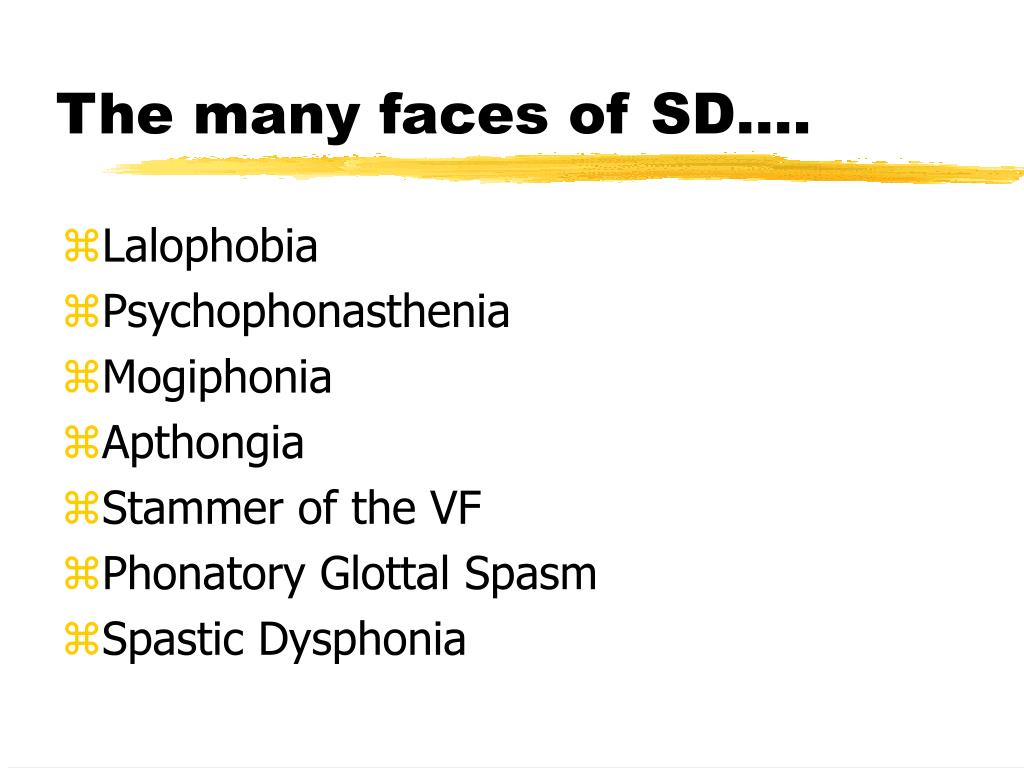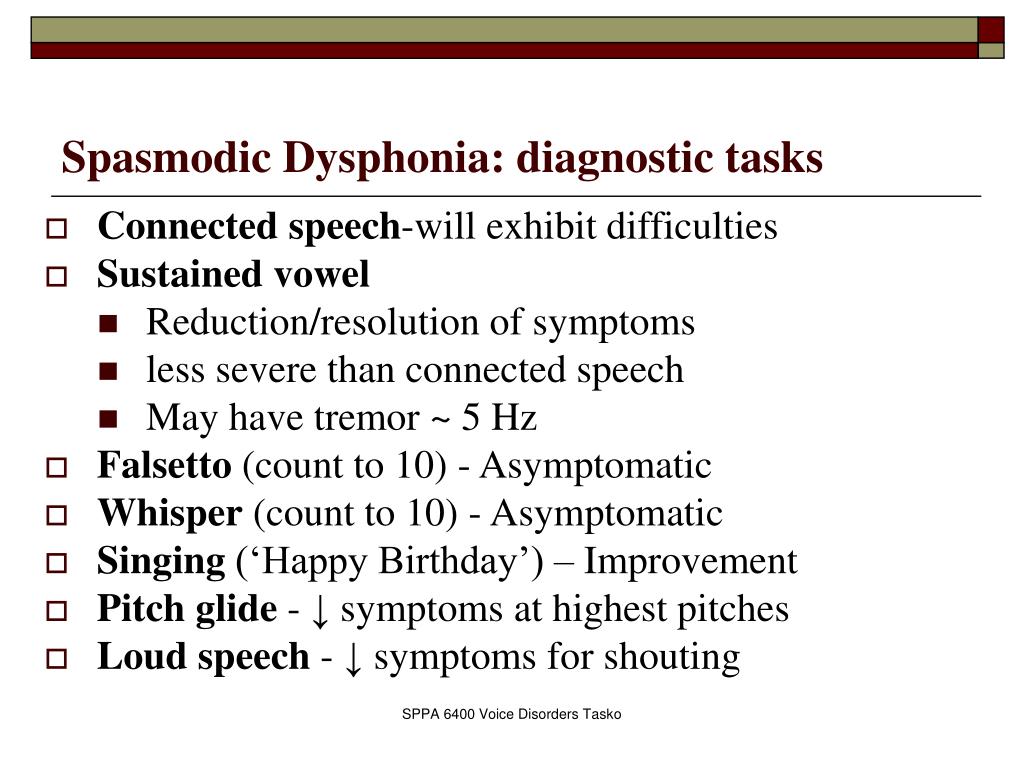It’s a question that pops up sometimes, a little whisper in the public conversation: just how many members of the famous Kennedy family might have experienced spasmodic dysphonia? This particular voice condition, which can make speaking quite a challenge, is something people sometimes wonder about when it comes to well-known families. The idea of figuring out this sort of thing, a bit like figuring out a puzzle, really does capture our interest, especially when it concerns figures who have lived so much in the public eye.
The public has, you know, always been quite fascinated by the Kennedys, their lives, their triumphs, and, well, their health matters too. When a medical condition is mentioned, even in passing, it can spark a lot of curiosity. This voice issue, spasmodic dysphonia, causes involuntary spasms in the voice box muscles, making speech sound strained, shaky, or sometimes just broken. It’s a condition that can be rather isolating for those who live with it, and so, it’s understandable why people might wonder about its presence, especially within a family whose voices have shaped so much history.
So, what do we actually know about this particular aspect of the Kennedy family’s health story? The truth is, information about personal health, especially for public figures, is often kept very private, and that’s pretty much how it should be. Our goal here is not to pry into private medical files, of course not, but rather to look at the general picture and consider why such a question might even come up, and what it means to look for answers when public details are scarce. It’s a bit like trying to piece together a story when you only have a few scattered hints.
- Is Hannah Uwu Dead
- Maria Da Graça Lima
- Why Did Melissa Sagemiller Quit Acting
- Johnny Carell
- Janice Nichole Nudes
Table of Contents
- Unraveling the Mystery of Kennedy Health Information
- What Exactly is Spasmodic Dysphonia, and What Does It Feel Like?
- How Does One Get a Diagnosis for This Condition? Unraveling the Mystery How Many Kennedys Have Spasmodic Dysphonia
- The Kennedy Family- A Look at Their Public Health Profile
- Why Might There Be So Little Public Talk About This? Unraveling the Mystery How Many Kennedys Have Spasmodic Dysphonia
- Living with Spasmodic Dysphonia- Daily Life and Support
- Could Public Speaking Affect the Perception of Voice Issues? Unraveling the Mystery How Many Kennedys Have Spasmodic Dysphonia
- Final Thoughts on Unraveling the Mystery How Many Kennedys Have Spasmodic Dysphonia
Unraveling the Mystery of Kennedy Health Information
When we think about the Kennedy family, we often picture their public lives, their political work, and their contributions to the nation. Their personal health matters, however, are, you know, usually kept quite private, and that’s a pretty common expectation for anyone, public figure or not. The question of how many Kennedys might have spasmodic dysphonia is, in some respects, a very specific one that doesn't have a widely known public answer. There isn't, as a matter of fact, any widespread, publicly confirmed information or medical reports that suggest multiple members of the Kennedy family have this particular voice condition. It’s a bit of a quiet area, and for good reason, really.
The public record, you see, tends to focus on things like public service, charitable work, and political campaigns. Details about individual health conditions are, by the way, generally shared only if the person chooses to make them known, or if the condition somehow impacts their public duties in a very direct way. For a condition like spasmodic dysphonia, which affects the voice but isn't typically life-threatening, there would be even less reason for it to become public knowledge unless the individual themselves decided to speak about it. So, the idea of unraveling the mystery how many Kennedys have spasmodic dysphonia means we are largely looking at a lack of public data.
This absence of information, though, doesn't mean anything one way or another, does it? It simply means that if any family member did experience this, it wasn't something widely shared with the public. And that's perfectly fine, of course. People have a right to their medical privacy. Our interest here is more about the nature of the question itself, and why such questions arise about public figures, rather than trying to confirm or deny specific health details. It’s about understanding the boundaries of public knowledge, basically.
- Lisa Salvadorini Age
- Mariah Robinson Actress Age
- Lil Mabu Net Worth
- Chiz Ex Wife
- Marisela Vallejos Felix
What Exactly is Spasmodic Dysphonia, and What Does It Feel Like?
Let's spend a moment on what spasmodic dysphonia actually is, since it’s the core of the question about the Kennedys. It’s a neurological condition, which means it involves the nervous system. Specifically, it causes involuntary spasms in the muscles of the voice box, also known as the larynx. These spasms can make speaking quite a difficult task. You might hear a voice that sounds strained, or perhaps breathy, or even a bit choppy, as if the words are being cut off. It’s not, you know, a problem with the vocal cords themselves, but rather with the brain’s signals to the muscles that control them.
There are, in fact, a couple of main types of this condition. Adductor spasmodic dysphonia is the most common kind, and it causes the vocal cords to slam shut too tightly. This results in a voice that often sounds tight, squeezed, or strained. Then there’s abductor spasmodic dysphonia, which makes the vocal cords open too wide, letting too much air escape, and this makes the voice sound breathy or weak. Sometimes, people have a mix of both. It’s a condition that can be pretty frustrating for those who have it, as it makes everyday communication a real challenge. It can, you know, fluctuate too, sometimes being worse than other times.
People who have this condition often say that their voice can be quite unpredictable. One moment it might sound relatively normal, and the next, it could be very difficult to produce clear speech. Stress or fatigue can make the symptoms worse, too. Imagine trying to give a speech or have an important conversation when your voice suddenly decides to act up. It can be very disheartening. There are, you know, treatments available, like Botox injections into the voice box muscles, which can help relax them and improve the voice for a period of time. Voice therapy also plays a big part in managing the condition.
How Does One Get a Diagnosis for This Condition? Unraveling the Mystery How Many Kennedys Have Spasmodic Dysphonia
Getting a diagnosis for spasmodic dysphonia can be a bit of a process, actually. It's not always straightforward because the symptoms can, in some respects, look like other voice problems. Typically, a person would first see a general doctor, who might then send them to a specialist, like an otolaryngologist, which is a doctor who deals with ear, nose, and throat issues, or a neurologist, a doctor specializing in the nervous system. The key is finding someone who has a good deal of experience with voice disorders.
The diagnostic process often involves a thorough physical check-up, with a close look at the voice box. Doctors might use a small camera, a scope, to see the vocal cords in action. They’ll also listen very carefully to the person's voice as they say different things, like sustained vowels, or read a passage aloud. This helps them identify the specific patterns of the voice spasms. It’s about, you know, really hearing the distinct qualities that point to spasmodic dysphonia rather than something else. Sometimes, a voice therapist, a speech-language pathologist, will also be part of the team, helping to assess the voice and plan for treatment.
Because it's a neurological condition, sometimes other tests might be done to rule out other issues, though this is not always the case. The most important part of the diagnosis, basically, is the expert's ear and eye, recognizing the specific way the voice behaves. It takes a trained professional to truly pinpoint it. So, if one were to consider unraveling the mystery how many Kennedys have spasmodic dysphonia, it would mean knowing about very specific medical evaluations, which are, you know, highly personal.
The Kennedy Family- A Look at Their Public Health Profile
The Kennedy family, as a whole, has a very public history, and parts of their health story have, in fact, been shared over the years. However, this has usually been about specific, well-known conditions or events that have had a direct impact on their public roles or lives. For example, President John F. Kennedy's Addison's disease was something that eventually became public knowledge, especially as it related to his ability to serve. But for many other health matters, particularly those that are not life-threatening or don't visibly impact public duties, details are often kept private.
When we think about the family's public health profile, it's more about the information that has been released or discussed by family members themselves, or through biographies that have been authorized. There is, you know, a general understanding that public figures, while in the public eye, still have a right to personal medical privacy. This is true for the Kennedys just as it is for anyone else. So, any speculation about less commonly discussed conditions, like spasmodic dysphonia, really does remain in the realm of speculation unless direct, confirmed information becomes available. It’s pretty much how it works with most public figures.
The family has, of course, faced many health challenges, some tragic, some chronic, but the specifics of each member’s medical history are not, you know, an open book for public inspection. The question of how many Kennedys have spasmodic dysphonia is one that, as far as public records show, has no widely reported answer. It’s a matter that, if it exists within the family, has been kept understandably private, as is their prerogative. We are, you know, left with the general observation that their public health story is selective, not comprehensive.
Why Might There Be So Little Public Talk About This? Unraveling the Mystery How Many Kennedys Have Spasmodic Dysphonia
There are several good reasons why there might be very little public discussion or information about specific health conditions like spasmodic dysphonia within a well-known family such as the Kennedys. First off, medical information is, you know, inherently personal. People generally have a right to keep their health details private, and this applies to public figures too. Unless a condition directly impacts their ability to perform public duties, or if they choose to share it for advocacy or awareness, it often remains something known only to them and their close circle.
Another point to consider is the nature of the condition itself. Spasmodic dysphonia, while impactful, is not, you know, a life-threatening illness. It doesn't typically require hospitalization or cause severe physical disability that would make it impossible to hide or manage in public. People with this condition can, in fact, lead full lives, and with treatment, their voice can often improve significantly. So, there might not be a compelling public reason for such a diagnosis to become widely known. It’s just not the kind of thing that necessarily makes headlines.
Also, the stigma associated with some health conditions, even subtle ones, can make people hesitant to talk about them openly. While awareness around voice disorders has grown, some people might still feel uncomfortable sharing such personal details. For a family that has always been under such intense scrutiny, the desire for privacy around health matters would, you know, be even stronger. So, the silence around unraveling the mystery how many Kennedys have spasmodic dysphonia could very well be a choice for privacy, which is, basically, understandable.
Living with Spasmodic Dysphonia- Daily Life and Support
For those who live with spasmodic dysphonia, daily life can present some unique hurdles. Communication, which we often take for granted, becomes a real effort. Imagine trying to order coffee, or talk on the phone, or simply have a chat with a friend, and your voice keeps cutting out or sounding strained. It can be, you know, quite draining, both physically and emotionally. People might find themselves avoiding social situations or even professional opportunities because of their voice. It’s a bit of a hidden challenge, as it’s not always visible like other conditions.
However, there is, in fact, a lot of support available for individuals who are dealing with this voice disorder. Medical treatments, like the Botox injections we mentioned earlier, can provide significant relief for many. These injections temporarily weaken the overactive muscles in the voice box, making it easier to speak. The effects usually last for a few months, and then the injections need to be repeated. It’s a pretty common and effective way to manage the symptoms.
Beyond medical interventions, speech-language pathologists play a very important role. They can teach voice exercises and strategies that help people make the most of their voice, even with the spasms. This might involve learning different breathing techniques, or finding ways to reduce vocal effort. Support groups, too, offer a wonderful space for people to connect with others who understand what they are going through. Sharing experiences and tips can be, you know, incredibly helpful. So, while it's a challenging condition, people with spasmodic dysphonia are certainly not without options for a better quality of life.
Could Public Speaking Affect the Perception of Voice Issues? Unraveling the Mystery How Many Kennedys Have Spasmodic Dysphonia
The Kennedy family is, you know, famously associated with public speaking. From political speeches to public addresses, their voices have been heard by millions. This raises an interesting point: could the demands of public speaking affect how a voice issue, if present, is perceived or even exacerbated? Public speaking requires a lot of vocal control and stamina. Someone with spasmodic dysphonia might find these situations particularly difficult. The stress and pressure of performing in front of an audience could, in fact, make the voice spasms worse.
Conversely, some people with spasmodic dysphonia find that their voice is actually better when they are singing, or shouting, or even whispering. The condition often affects conversational speech more than these other vocal activities. So, if a Kennedy family member were to have the condition, their public speaking style might adapt, or they might, you know, find ways to manage it that aren't obvious to the casual listener. It’s a complex interplay between the condition, the individual, and the specific demands of their public role.
The public's perception of a voice can also be shaped by many things. A slight tremor or an unusual vocal quality might be attributed to age, or fatigue, or even a particular speaking style, rather than a specific medical condition. Without direct information from the individual or their medical team, it’s very hard to draw conclusions. So, when we try to consider unraveling the mystery how many Kennedys have spasmodic dysphonia, we are, you know, really dealing with the limits of what can be observed publicly. It’s a reminder that what we hear and what is actually going on can be two different things.
Final Thoughts on Unraveling the Mystery How Many Kennedys Have Spasmodic Dysphonia
So, when it comes to the question of how many Kennedys have spasmodic dysphonia, the simple answer from publicly available information is that there's no widespread, confirmed data suggesting multiple family members have this condition. The "mystery" really does lie in the absence of public information, which is, you know, perfectly normal and expected for personal health matters. Our exploration has, in fact, highlighted the importance of privacy for individuals, even those in the public eye.
We've also spent some time looking at what spasmodic dysphonia actually is, how it’s diagnosed, and what it’s like to live with. This helps us, you know, understand the condition itself, regardless of who might or might not have it. The discussion has, basically, been about the nature of public curiosity versus personal privacy, and the challenges of trying to figure out health details for well-known figures when that information is not shared.
Ultimately, the question remains a quiet one, largely unanswered by public records. It serves as a good reminder that while we might be interested in the lives of public figures, their personal health details are, you know, their own to share, or not share, as they choose. And that’s how it should be.
Related Resources:



Detail Author:
- Name : Milan Mueller
- Username : raynor.karianne
- Email : wuckert.laurel@yahoo.com
- Birthdate : 1989-12-14
- Address : 57546 Considine Roads West Alainaton, KY 88795-3773
- Phone : +1-704-898-9699
- Company : Jacobson-Hahn
- Job : Stone Sawyer
- Bio : Quos ut minima in quod recusandae deserunt. Sit qui dolorem voluptatem ut autem eum illo. Possimus et distinctio voluptatem beatae earum ut et.
Socials
twitter:
- url : https://twitter.com/bogisichb
- username : bogisichb
- bio : Modi rerum qui id facere saepe ab ea. Est accusamus enim natus fugit ratione qui voluptas. Nemo aspernatur debitis tempora ab.
- followers : 6567
- following : 1162
tiktok:
- url : https://tiktok.com/@barney.bogisich
- username : barney.bogisich
- bio : Est sed fugit voluptates corrupti dignissimos.
- followers : 3842
- following : 2295